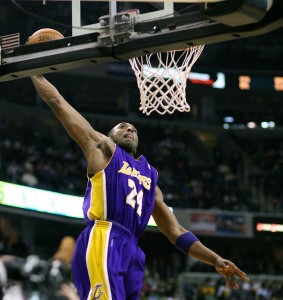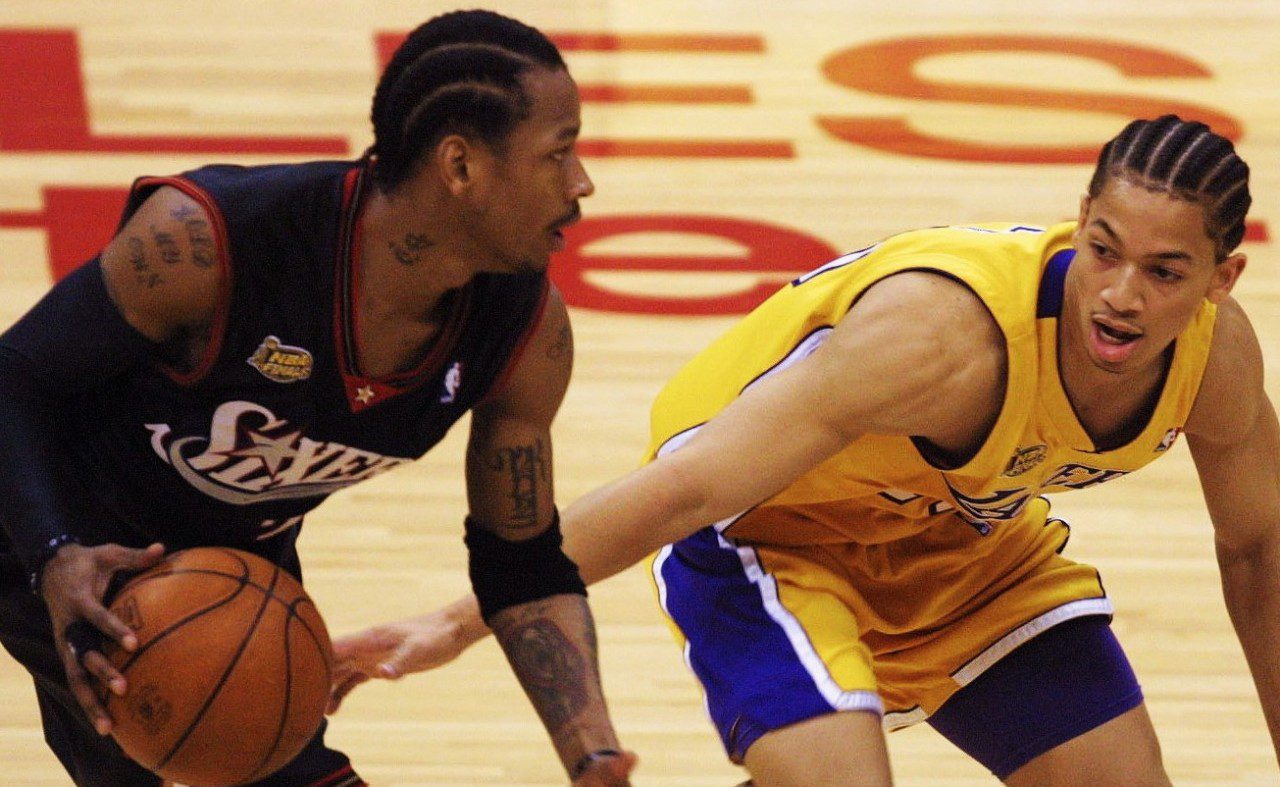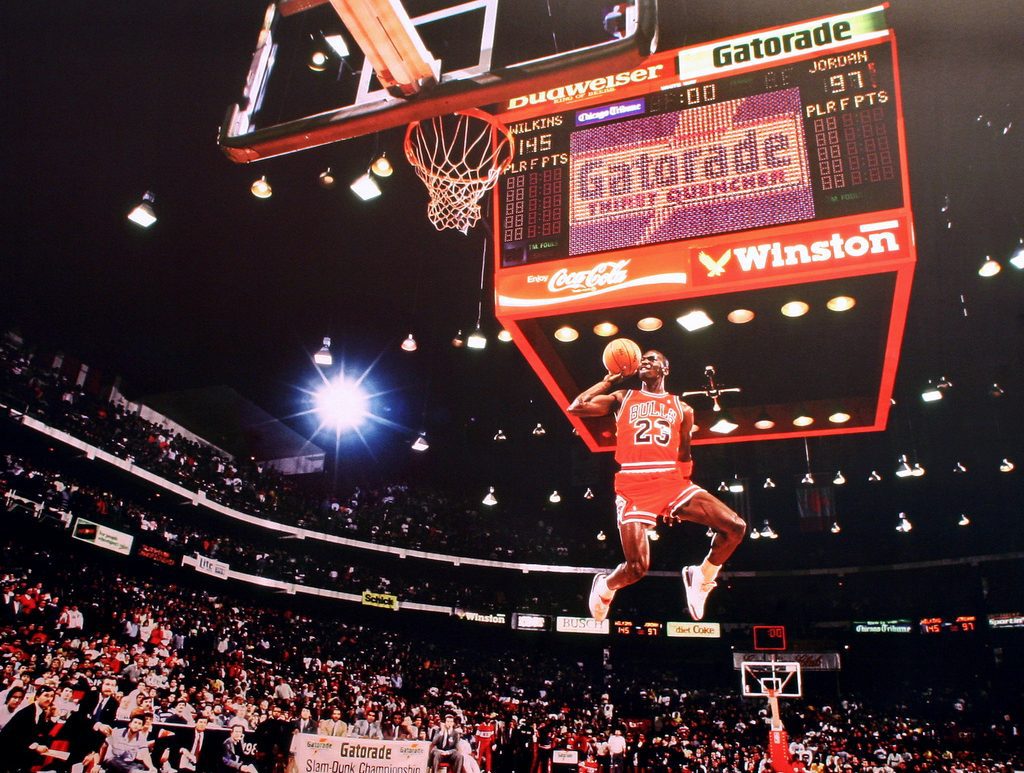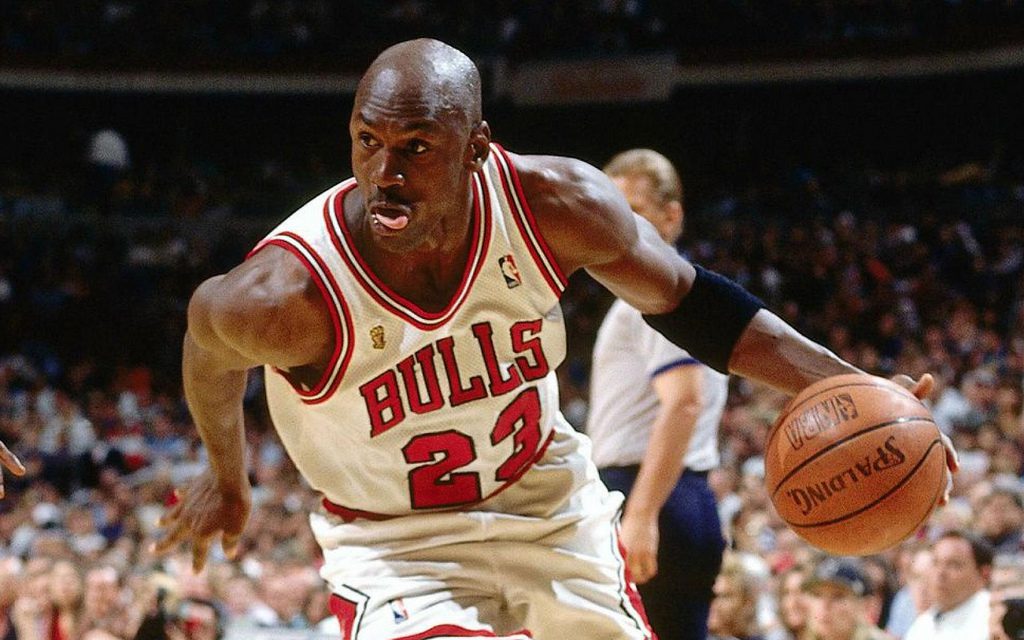
Image courtesy of Keith Allison.
Regenokine is a new biological medical procedure in which the patient’s own tissues and blood are removed from the body, scrupulously augmented and put back into the patient with the goal of faster healing, treating inflammation and less overall pain in the patient’s joints. In the summer of 2011, Kobe Bryant traveled to Germany to undergo the experimental surgery to his knee. Jonah Lehrer wrote an extensive piece for Grantland that marveled at the results: Bryant was averaging more points and rebounds than the prior season while playing five more minutes per game at age 33 in his 16th season. The trend continued in Bryant’s 17th season with a rise in rebounds and assists, and a minimal decline in points. Thanks to the operation, sports fans got to see a Hall of Fame player continue to play at an elite level for a prolonged period; however, regenokine is not an FDA approved procedure.
Medical operations and pharmaceutical drugs not approved by the FDA are often banned in American professional sports leagues. Conventional wisdom suggests that banned options always give players an unfair advantage over their opponents, but this is not the case. Sometimes, banned options are just new technologies that have not been approved. Sports aficionados should have an open mind to all options that promote player health without giving an unfair mental or physical advantage. We all want to see athletes compete at their healthiest. It’s a disappointment each time a player is unable to play, or is greatly hampered in an anticipated game because of injury.
The 2013 NBA Playoffs have been full of results skewed by injuries. Here’s the list if we limit it to full-time starters who missed at least one game during the playoffs:
Western Conference
Oklahoma City Thunder – Russell Westbrook
Denver Nuggets – Danilo Gallinari
Golden State Warriors – David Lee
Los Angeles Lakers – Steve Nash, Kobe Bryant, Metta World Peace
Houston Rockets – Jeremy Lin
Eastern Conference
Miami Heat – Dwayne Wade
Indiana Pacers – George Hill, Danny Granger
Chicago Bulls – Derrick Rose, Luol Deng, Kirk Hinrch
Atlanta Hawks – Zaza Pachulia
Boston Celtics – Rajon Rondo
Keep in mind, injuries such as Tony Parker’s hamstring, Stephen Curry’s ankles and Tyson Chandler’s back did not cause them to miss games, but they had a significant impact on their respective performances.
Conversations about banned methods to help players return to the court will ultimately lead to a conversation about safety concerns. Safety for professional athletes should be the primary concern when discussing how to help them return to the court following an injury. Here’s how Steve Nash and Luol Deng attempted to deal with injuries during the 2013 NBA Playoffs so they could quickly return to the court.
Steve Nash injury: Lakers PG to get another epidural before Game 3
Nash has been dealing with nerve damage related to a right hip injury, and last week he took two epidural injections in his hamstring to prepare for the first two games of the team’s NBA playoff series against San Antonio.
Bulls’ Luol Deng struggling to do anything physical
The Bulls’ All-Star forward told K.C. Johnson of the Chicago Tribune that his body is not reacting well to any sort of physical activity…
Deng came down with an illness prior to Game 6 against the Nets and he had a spinal tap done to test for viral meningitis. The spinal tap came back negative, but complications resulted in leaking spinal fluid and required a “blood patch” to fix things up. Deng has lost 15 pounds since then and has been dealing with bad headaches, among other issues.
Nash and Deng were willing to play through injuries that will have debilitating effects on their bodies beyond their careers as professional athletes as long as team physicians could find a way to numb the physical pain. It seems unfair to not consider all options to heal athletes. The benefits are two-fold:
1) The athletes are able to play at a high level for longer and heal from injuries quicker.
2) Fans get to see their favorite players perform at a high level for longer, and get results not skewed by injury.
Athletes are allowed to, and convinced to, use any method to continue playing through injury without regard for their bodies. It makes no sense to allow epidural shots that only numb physical pain, but not regulate more effective treatments for athletes to use when necessary. The conversation about what is and is not allowed in an athlete’s body is becoming unavoidable as groundbreaking medicines and surgeries continue to develop. It’s something Derrick Rose fans thought about the entire 2013 season.
As NBA fans, we desire the best product on the court as long as there are no unfair advantages being given. If regenokine can work miracles such as giving us two more years of Kobe Bryant at an All-Star level, we all win.















